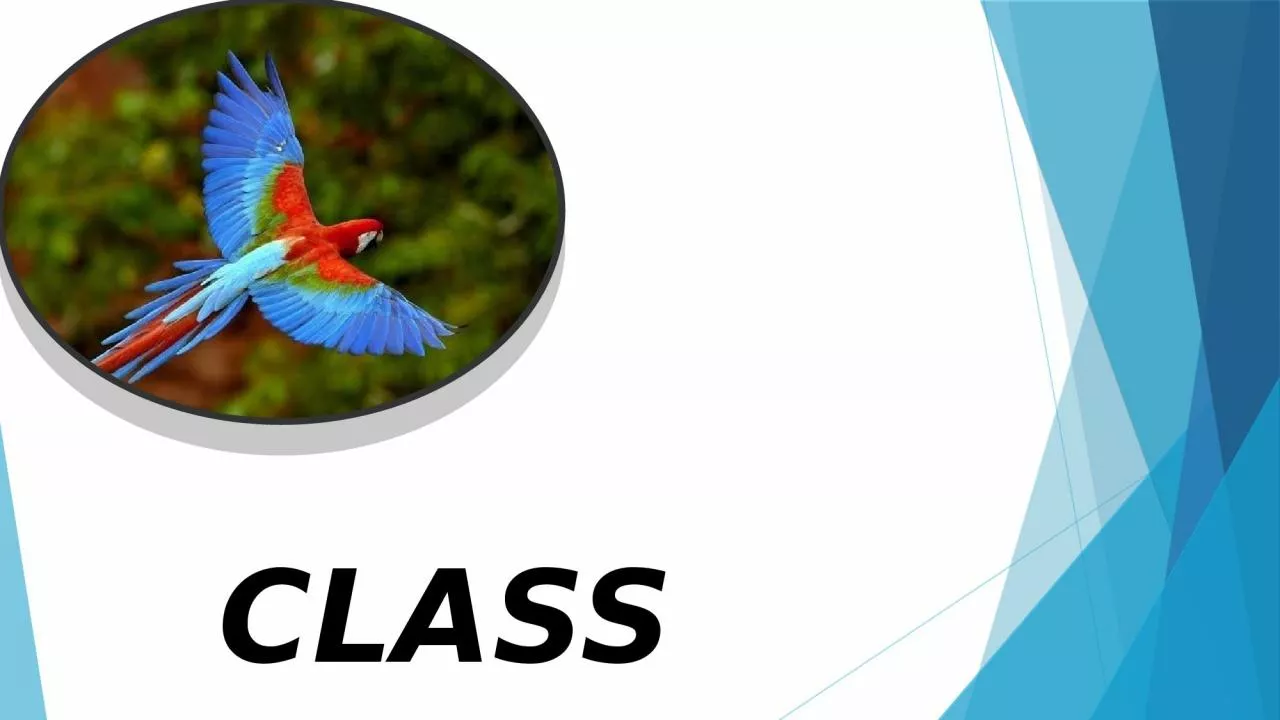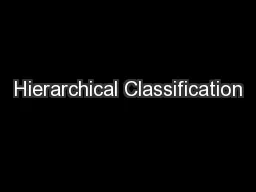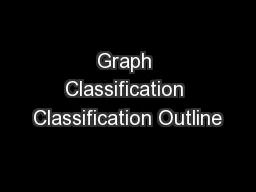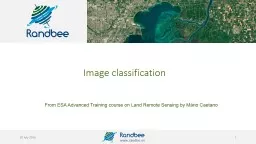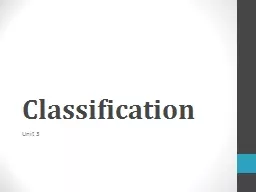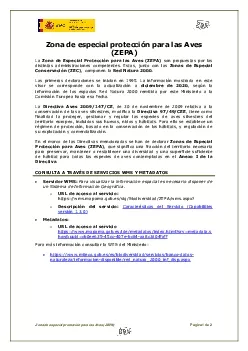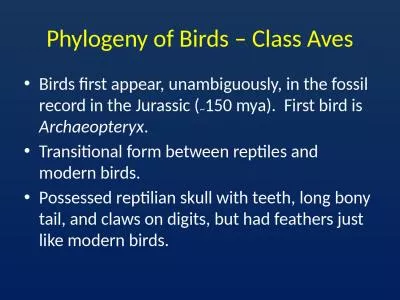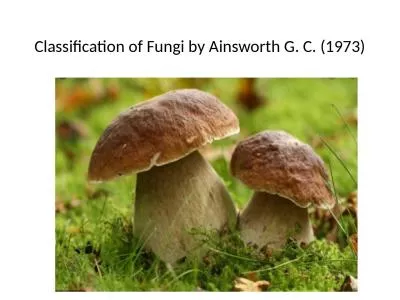PPT-CLASS AVES CLASSIFICATION
Author : jocelyn | Published Date : 2023-10-04
On the basis of teeth claws on fingers tail vertebrae and hand bones class Aves is divided into two subclasses TWO SUBCLASSES OF CLASS AVES Subclass Archaeornithes
Presentation Embed Code
Download Presentation
Download Presentation The PPT/PDF document "CLASS AVES CLASSIFICATION" is the property of its rightful owner. Permission is granted to download and print the materials on this website for personal, non-commercial use only, and to display it on your personal computer provided you do not modify the materials and that you retain all copyright notices contained in the materials. By downloading content from our website, you accept the terms of this agreement.
CLASS AVES CLASSIFICATION: Transcript
Download Rules Of Document
"CLASS AVES CLASSIFICATION"The content belongs to its owner. You may download and print it for personal use, without modification, and keep all copyright notices. By downloading, you agree to these terms.
Related Documents

